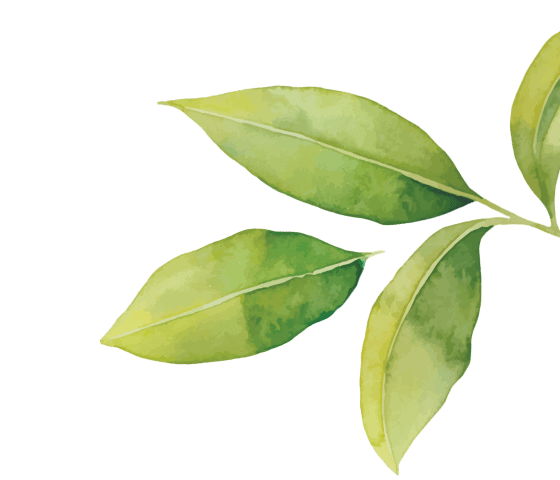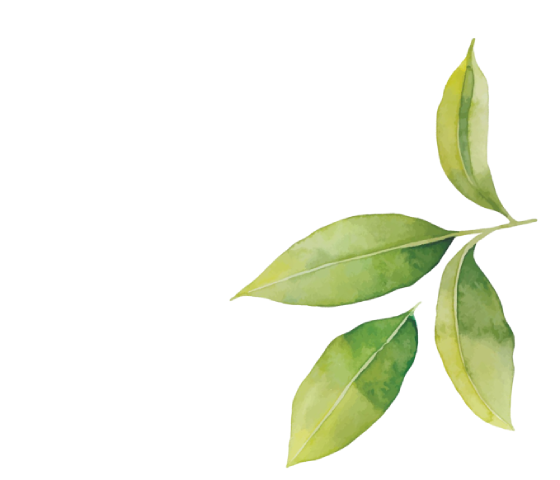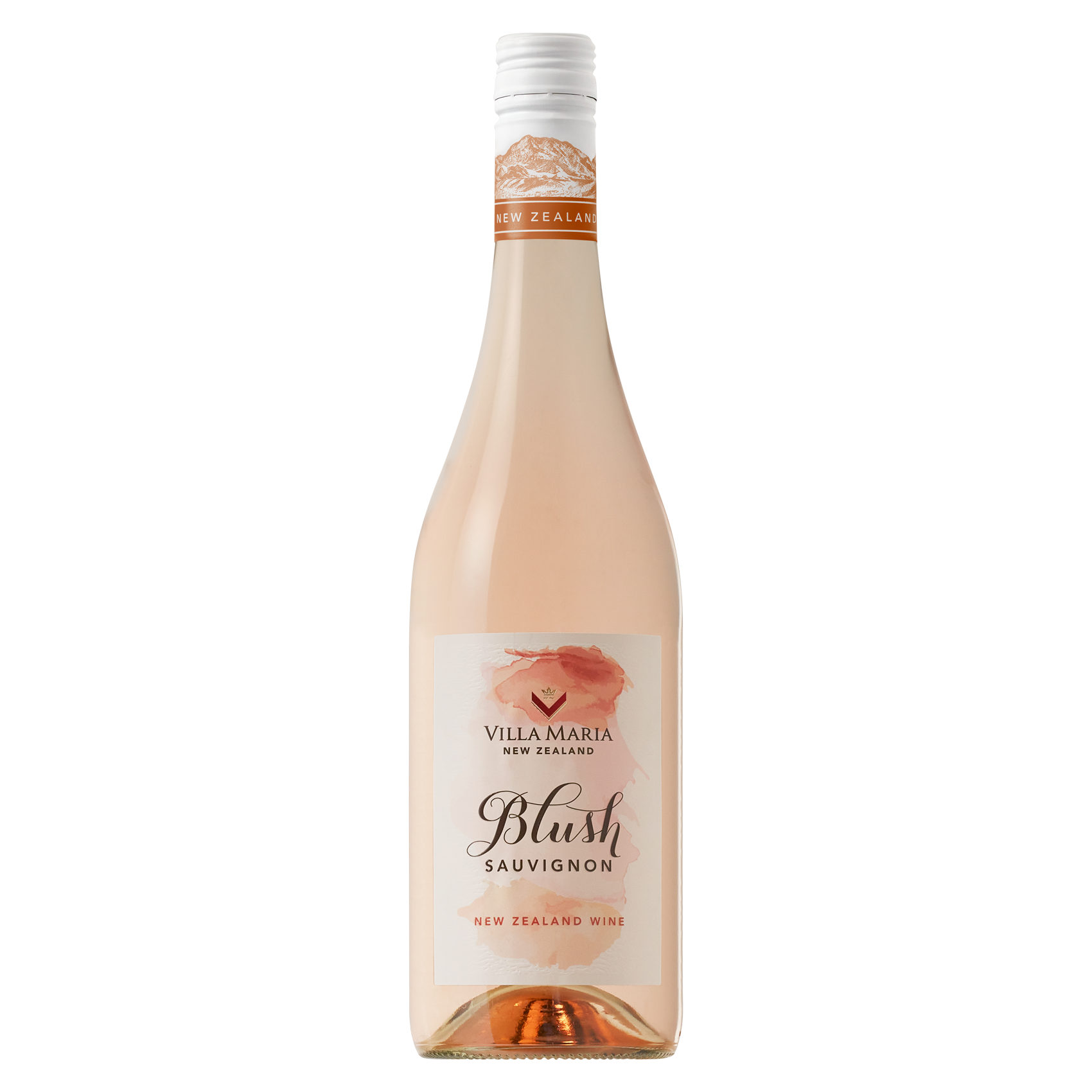Wine Guides & Tips
A Guide to New Zealand’s Flagship Wine: Sauvignon Blanc
Published 19 February 2024
Our Marlborough Sauvignon Blanc continues to take the world by storm, captivating wine lovers and international wine critics alike.
Share with Friends


Marlborough Sauvignon Blanc
Our Marlborough Sauvignon Blanc continues to take the world by storm, captivating wine lovers and international wine critics alike. Planted amongst the wind cooled valleys and shifting mountains of New Zealand’s sunniest region, our Sauvignon Blanc captures the essence of the complex and picturesque region of Marlborough in a bottle that we then get to share with the world.
Our Sauvignon Blanc wines from Private Bin Sauvignon Blanc to Single Vineyard Sauvignon Blanc are known and enjoyed the world over. The global love and recognition for Villa Maria Sauvignon Blanc highlights the incredible parcels of land in which our vines grow, the intuition of our viticulturists and winemakers, along with their commitment to creating exceptional wines that can elevate and enhance everyday moments.

Growing locations of
Sauvignon Blanc
Originating in Bordeaux, France, this white grape has since found many places to call home – from Chile to Australia, South Africa and beyond. However, there is no doubt that Sauvignon Blanc produced from Marlborough, New Zealand has really set the world on fire.
Tucked into the northeast corner of New Zealand’s South Island, with over 28,800 hectares planted under grapevine, is New Zealand’s most iconic wine region. Marlborough accounts for two-thirds of the country’s wine grape vines, and 72% of New Zealand’s Sauvignon Blanc.
Sauvignon Blanc is still Villa Maria’s most planted and produced wine varietal, and our Marlborough vineyards produce some of the world’s finest and most-awarded Sauvignon Blanc, their global recognition a testament to the extraordinary terroir and adherence of our viticulturists and winemakers.

Sauvignon Blanc is still Villa Maria’s most planted and produced wine varietal.
Our Marlborough vineyards produce some of the world’s finest Sauvignon Blanc wines.

How is Sauvignon Blanc made?
The variety thrives in Marlborough’s abundant sunshine, cool nights and relatively fertile, free-draining soils. It’s distinctive charming character is primarily thanks to its unique location allowing for cool winds and refreshing nights that allow Sauvignon Blanc to retain its crisp vibrant and refreshing acidity. Marlborough experiences bright, chilly winter months with air temperatures ranging from 10°C to 15°C, followed by long, dry summers with daytime air temperatures ranging from 20°C to 26°C. Marlborough Sauvignon Blanc put New Zealand on map in the world of wine.
We know that Marlborough is where to look for Sauvignon Blanc, but what’s even more fruitful is exploring the diversity of the region through their sub-regions. Key to Marlborough’s success is its ancient glacial deep, free-draining, stony soils. From the central Wairau Valley, Rapaura is the stoniest; lower Wairau has more loam and thus water retention. Clay is prevalent in the Southern Valleys. The Awatere Valley is more fragmented, with gravelly silt loams and windblown loess. So, what does this mean?
The Grapevine
Originally from France, the name Sauvignon Blanc comes from the French words ‘sauvage’ meaning wild and ‘blanc’ meaning white. The ‘wild’ component in the name refers to the vigorous nature of the grapevine which tends to be a very hands on grapevine to care for, producing leaves a similar shape to that of wild grapevines. Loosely translated to mean ‘Wild White’ this name is unquestionably a felicitous name for a wine that is nothing short of wild on the palette.
Winemaking
The style of Sauvignon Blanc produced can change during the winemaking process. The pure and fresh style of Sauvignon Blanc that we all know and love is most commonly produced in stainless steel vessels, producing crisp and flavourful wines true to the nature of the Sauvignon Blanc grape.
Well, when you see a wine from Marlborough that doesn’t explicitly call out the vineyard in which it’s grown, it is likely a regional blend meaning the wine is produced from grapes from different parts of Marlborough and grown in different environments in order to produce the classic, calling-card style of the region. But as mentioned above, Marlborough is a big region which produces wines with nuances from where they’re grown. Each sub-region produces wine of its own distinct character and this vineyard site uniqueness is incredibly rewarding to focus on.
We have incredible vineyards located throughout Marlborough that give us wine of their own style. From any year, you can expect to see the unique nuances from our Single Vineyard expressions as well as our pinnacle blend from the Wairau Valley.

Drinking
Sauvignon Blanc
Tasting Notes
An easy to drink white wine, admired for its fresh acidity and intense zesty flavours and aromas. You’ll find Sauvignon Blanc styles ranging from light and fruity with tropical, citrus, gooseberry characters, to more herbaceous examples with snow pea, asparagus and grassy notes.
Marlborough Sauvignon Blanc has created a global identity of flavour notes and those found differ between the two main valleys in Marlborough. Awatere Sauvignon Blanc is on the pungent, green side of the spectrum, producing crisp, focused and mineral wines with herbaceous, citrus flavours, and a lip smacking salinity. On the other hand, Sauvignon Blanc from the Wairau Valley is ripe and tropical; a pungent style of passionfruit and guava notes that leap out of the glass.

Best served at:
8 °C | 46 °F
From room temperature, allow your bottle an hour in the refrigerator to achieve the ideal serving temperature. This will ensure the perfect balance of flavours in your glass and the purest expression of the wine as intended by the winemaker.
If served when too cold, the aromas and flavours of the wine can be masked making it appear simple. On the other hand, if the wine is served when too warm your wine may seem to lack acidity and structure.

Perfect
Food pairings
A very easy wine to pair with foods, the characteristic ‘zing’ of Marlborough Sauvignon Blanc is an enjoyable complement to the fresh flavours of seafood such as sautéed scallops or seared snapper. You can further enhance the effect with citrus or garlic-based sauces. Summer salads also resonate with the flavours of Sauvignon Blanc. Think fresh rocket, goat cheese and melon.
On its own, Sauvignon Blanc is a mouth-watering, vibrant and expressive choice.
Storing and Ageing
The quintessential Marlborough Sauvignon Blanc are usually best consumed when young to retain their freshness and vibrancy. Sauvignon Blanc can be stored for a year, but ideally no longer than two years. As all wines do, Sauvignon Blanc will continue to develop in bottle and even outstanding examples can lose their fresh aromas within a couple of years of the vintage, developing vegetal notes which may come as quite a surprise if you’re still expecting retained aromatics.
To maximise the shelf life of an unopened bottle of Sauvignon Blanc, we recommend storing in a cool, dark place with a steady temperature that is away from direct heat or sunlight. Once opened, it is recommended to consume your delicious drop within five days. This is due to the wine being exposed to oxygen and bacteria which can then alter the colour, aromas and flavours of the wine. To identify a tainted bottle of Sauvignon Blanc you can pour some into a glass, looking to identify an ‘off’ odor, flavour or appearance. This is a sign that the wine should be discarded, or better yet repurposed in cooking a dish such as roast chicken or pan-fried snapper.



